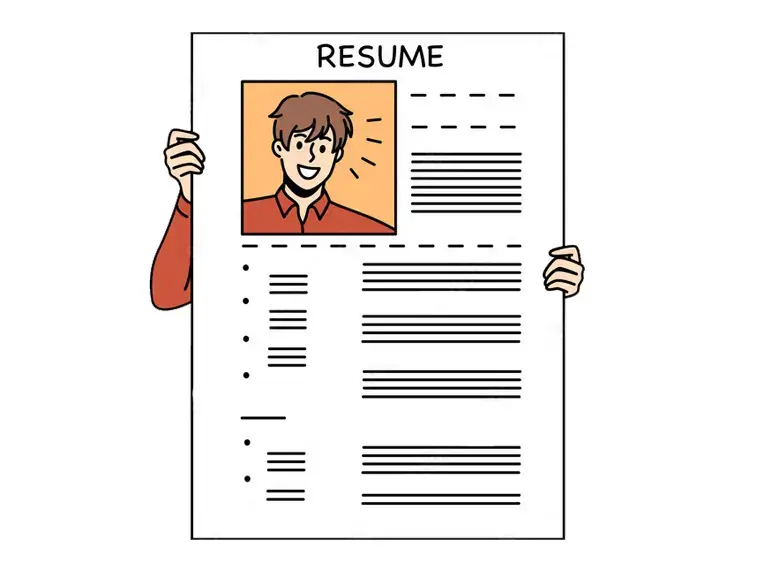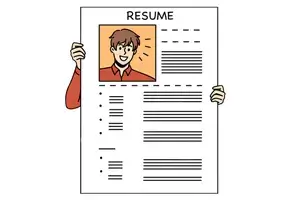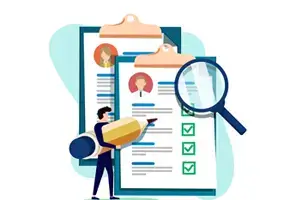Optimizing Your Resume for Applicant Tracking Systems (ATS)

In the modern job market, technology has become an integral part of the hiring process, and Applicant Tracking Systems (ATS) act as gatekeepers to coveted job opportunities. Optimizing your resume to seamlessly navigate these digital gatekeepers is a crucial step toward ensuring your qualifications reach human eyes. In this guide, we'll explore the intricacies of ATS, uncover tips for optimization, and empower you to master this vital aspect of the job application process.
Understanding the Role of ATS:
Applicant Tracking Systems are automated software used by employers to manage the recruitment process. They assist in collecting, sorting, and filtering resumes, allowing hiring managers to streamline the selection process. However, for job seekers, this means that their resumes must be formatted in a way that ATS can interpret effectively.
1. Choose an ATS-Friendly Format:
ATS prefers straightforward, clean formats. Stick to standard fonts like Arial or Calibri and avoid complex designs or graphics. Use standard sections such as "Work Experience," "Education," and "Skills" to ensure the system can categorize your information accurately.
2. Incorporate Relevant Keywords:
Keywords are the currency of ATS. Tailor your resume to include industry-specific keywords found in the job description. Focus on both hard skills and soft skills. However, ensure that the keywords are naturally integrated into your content, maintaining readability for both ATS and human readers.
3. Use Standard Section Headings:
ATS relies on consistent patterns to identify information. Use standard section headings like "Work Experience," "Education," and "Skills." Avoid creative variations to ensure the system accurately recognizes and categorizes your qualifications.
4. Spell Out Acronyms and Abbreviations:
While industry-specific acronyms may be familiar to you, ATS might not always recognize them. Spell out important acronyms and abbreviations to ensure your resume is comprehensible to the system.
5. Include Relevant Certifications and Licenses:
ATS often searches for specific certifications or licenses as outlined in job descriptions. Ensure you include relevant credentials, certifications, and licenses explicitly in your resume to match the criteria set by the system.
6. Quantify Achievements and Experiences:
Numbers stand out to ATS and add substance to your accomplishments. Quantify your achievements wherever possible—whether it's the number of projects managed, sales targets achieved, or percentage improvements in processes.
7. Avoid Using Headers and Footers:
ATS may struggle to read content in headers and footers. Place critical information, such as your name and contact details, within the body of the resume to ensure it is accurately captured.
8. Submit in a Standard File Format:
While some ATS can read various file formats, it's safest to submit your resume in a standard format like PDF or DOCX. Avoid using unconventional formats to ensure compatibility with different ATS systems.
9. Tailor Each Resume for the Job:
Customizing your resume for each job application is essential. ATS is designed to recognize the relevance of your qualifications to the specific job requirements. Adjust your keywords and emphasize relevant experiences accordingly.
10. Proofread for Accuracy:
Errors can disrupt the ATS's ability to process your resume accurately. Proofread your document meticulously to eliminate typos and ensure all information is error-free.
Conclusion: Mastering the Digital Recruitment Game
Optimizing your resume for Applicant Tracking Systems is not just a technical necessity; it's a strategic move to ensure your qualifications are seen by hiring managers. By understanding the mechanics of ATS, incorporating relevant keywords, and presenting your information in an easily digestible format, you enhance your chances of making it through the digital gateway and into the hands of decision-makers. Remember, ATS optimization is about striking a balance between technology and human appeal, setting the stage for a successful job application journey.
 Ensuring Perfection Before You Apply
Ensuring Perfection Before You Apply














